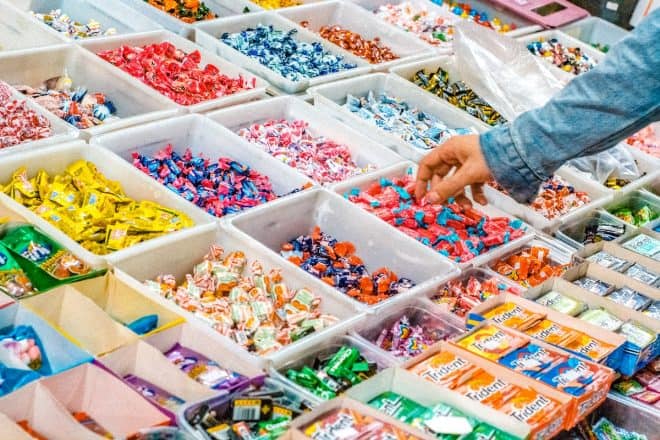If you’ve ever wondered about the safety of your food packaging — the material that helps popcorn pop, keeps your microwave pizzas from getting soggy, and surrounds your candy bar treat — you’ll want to read Dr. Rob’s thoughts on PFAS on Physician Outlook:
I watched as my cousin poured lemonade into a paper cup and handed it to her son. Then, my daughter’s friend took a chocolate bar out of a bag. She carefully unwrapped the obviously melted candy and held it up to her mouth. I watched with a little apprehension as she pushed her jaw forward and carefully scraped the melted chocolate off the wrapper, being careful not to get the messy goop on her chin.
Years ago, I didn’t think twice about such common behavior. I never questioned why paper cups don’t actually get wet when they are filled with water (or any liquid) or whether or not it was safe to eat stuck candy from a wrapper. In fact, I remember that I used to occasionally chew candy wrappers during childhood. But now, I am more aware of the industrial processes that are used to create everyday products. Paper cups, food wrappers, and containers often contain toxic, bio-persistent compounds collectively referred to as per- and polyfluoroalkyl substances (PFAS), chemicals that have been produced in the US since the 1940s.
Consider it required reading for keeping a safe, nurturing home. Read it here.

